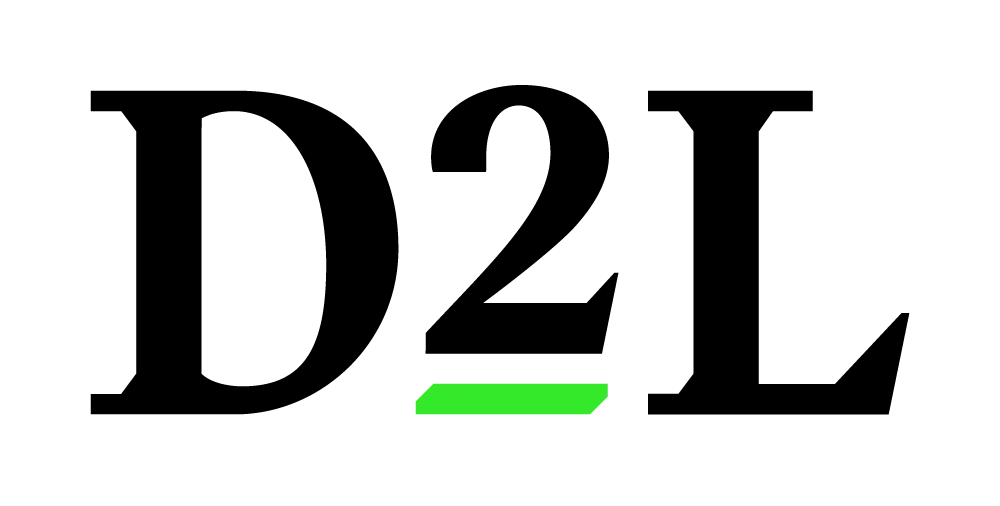ATD Blog
How to Reach Diverse Learners in the Workplace
Fri Apr 19 2019

Change is inevitable. When it comes to the workplace, change is happening faster than ever. To remain competitive in the face of this change, strategies must be created to ensure your workforce is ready. This has significant implications for employee development; it means finding effective ways of engaging diverse learners who have a wide variety of learning needs and preferences.
Organizations cannot expect employees to spend the length of their career with a single organization and retire at age 60. Peers Inc author Robin Chase, reflecting on the collaborative economy, summarized this by saying, “My father had one job in his lifetime, I will have six jobs in my lifetime, and my children will have six jobs at the same time.”
This shift in the employment status quo, coupled with the hastening of skills obsolescence in the labor market, means individuals need to maintain a lifelong learning approach, and employers need to support their teams in continually expanding their skills and knowledge.
Despite increasing awareness of the changing needs within employee development, many organizations are continuing to approach learning from the age-old employee life cycle. As the employee life cycle changes, so does the learning journey. Organizations must be able to get new employees to the point where they’re proficient and productive as quickly as possible, and they also need to encourage ongoing development and movement within the ranks to ensure team members remain engaged. Here are some key approaches your organization can implement to do just that.
Develop Skills, Cultivate Strengths
Encouraging development means not only identifying the skills an individual will need to cultivate within their role, but also acknowledging and encouraging the advancement of their strengths and abilities. This can be achieved using mentorship and coaching that allow for individualized learning journeys. Additionally, identifying roles within the organization that share similar skill sets, even if they seem like significantly different jobs, gives employees the option to shift and try something new while maintaining the organizational knowledge that would be lost if they shifted to a role outside the company.
Reskill With a Supported Learning Culture
In addition to the changing nature of work, the LinkedIn Workplace Learning Report has found that the average lifespan of a skill is now less than five years. To stay competitive, organizations must have a plan for both upskilling and reskilling their employees and have an established and supported learning culture to keep teams engaged in ongoing employee development.
Creating a modern learning culture in which individuals can learn from each other and collaborate to drive innovation and business impact while being responsive to change and remaining aligned with business objectives is critical for ongoing organizational success.
Bottom line: To remain competitive amid ongoing change, developing strategic learning initiatives and approaches that adjust not only to the diversity of business needs but also to the diversity of learners is imperative. In other words, your organization needs to:
Empower employees to not only provide feedback but also see it put into action.
Involve individuals in the ongoing design and adjustment of their career development paths.
Create opportunities to network with employees across the organization.
Implement a strong culture of coaching and mentorship.
Design modern learning experiences, not just learning programs.
As a final thought, consider these words from industry expert Josh Bersin: “The single biggest driver of business impact is the strength of an organization’s learning culture.”
More from ATD


